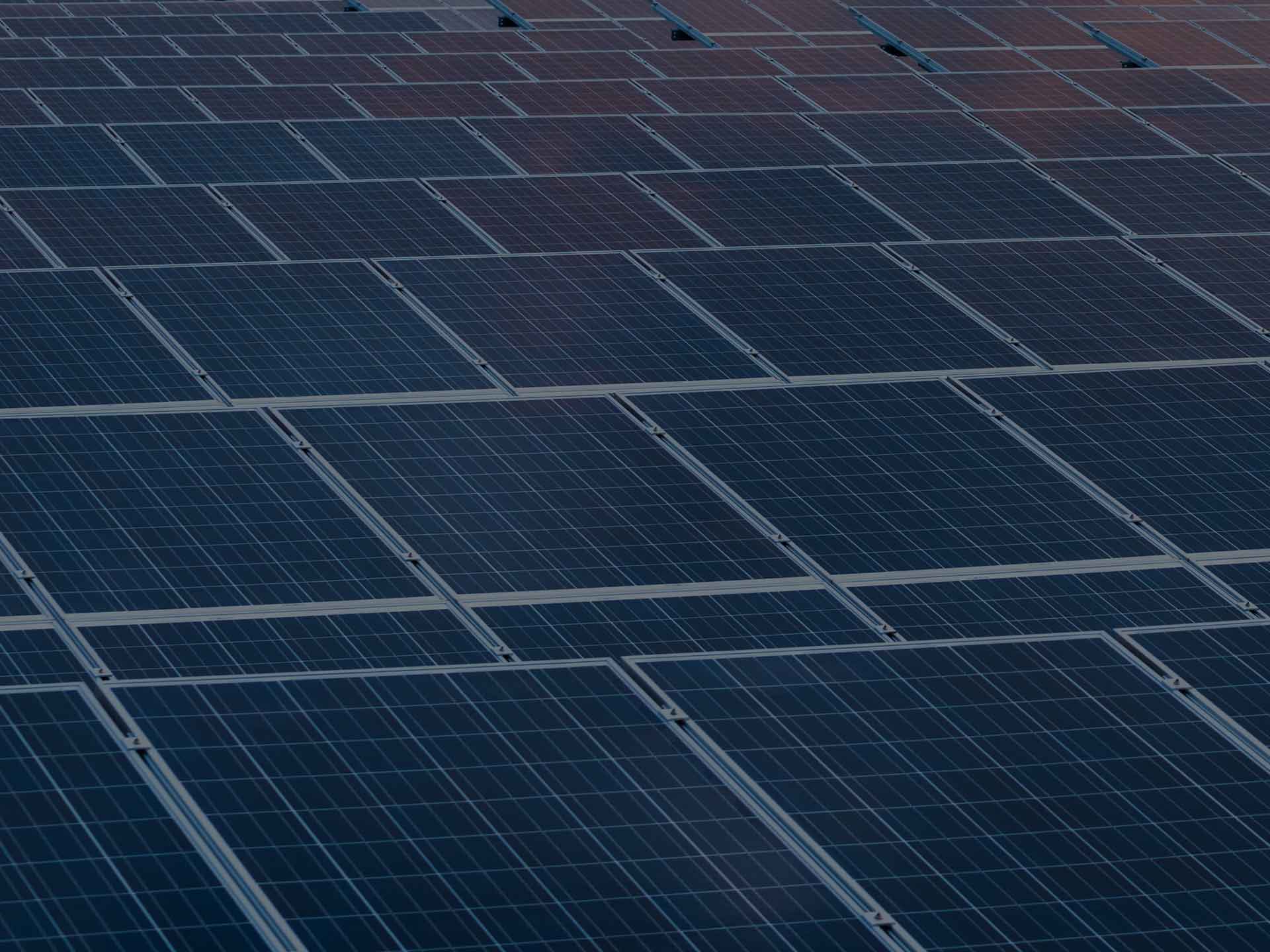Summary
Approximately 80% of the current silicon photovoltaics production capacity is dominated by low performance cell designs whose power conversion efficiency is limited to ~20%.
These low efficiency cell designs are often limited in performance by recombination of charge carriers at their metallic contacts. Recently, a number of transition metal oxides (TMOs), when deposited between the silicon absorber and the metallic contacts, have been shown to be able to simultaneously suppress energy losses from carrier recombination and also allow transportation of current – so called ‘passivated contacts’. Whilst very promising with regards to device efficiency, investigations into TMO passivated contacts have been limited to small devices using deposition techniques that are impractical for industrial applications and present uncertainties with regards to their through-put, cost of ownership, maintenance downtimes, and running costs.
How the project works
This project seeks to raise cell efficiencies by capitalising on these recent developments in contact formation, but using common industrial techniques that can be easily integrated into existing manufacturing capacity. We aim to do this via the plasma enhanced chemical vapour deposition (PECVD) of the TMOs; this has never been done before. Doing so will increase cell efficiencies in production and lowering the cost of photovoltaics-generated electricity.
Read reports
How the project works
This project leverages on the ubiquity of PECVD in solar cell manufacturing, upgrading an existing PECVD tool (a Meyer Burger AK-800 tool currently installed in UNSW) to deposit TMO. By optimising the deposition of the TMOs using advanced characterisation techniques and applying the materials to both n-type and p-type silicon solar cells, we aim to facilitate and accelerate the transfer of passivated contact technology to the broader PV manufacturing industry. To execute the project we have assembled a strong coalition of collaborators representing all relevant chains in the solar cell fabrication process: Meyer Burger and Shamash Australia will contribute to the modification of the AK-800 and deposition process development and optimisation; and Sunrise Global Solar Energy will facilitate the application of the TMOs to large area, industrially manufactured solar cells. The capabilities of the partner organisations perfectly leverage on the unique facilities (specifically the availability of Meyer Burger’s industrial AK-800 and MAiA PECVD tools ‒ the only location in Australia where either of these systems are installed) and human capital at UNSW, accumulated over several decades of world-leading PV research.
Area of innovation
Dopant-free, electron and hole contact materials based on TMOs have been recently demonstrated at the device level and have shown the capacity to both passivate surface defects and select charge carriers. However, the TMOs have thus far been deposited by thermal evaporation and/or atomic layer deposition (ALD), techniques not readily adopted by the PV industry. This project will develop for the first time PECVD-based TMOs; this will allow easy and fast integration of passivated contacts into current and future manufacturing lines.
On the characterisation side, the development of new contactless, photoluminescence-based methods of directly measuring recombination at metallised contacts, parameter that cannot be measured by other systems, will be unique to this project. Investigation of passivated contacts through these techniques will allow for a deeper understanding of the fundamentals of passivated contacts, enabling the continued improvement and refinement of this class of advanced cell architecture.
Benefit
Energy losses at the metallic contacts limit the efficiency of 80-95% of industrial solar cells; reduction of these losses is targeted by the ITRPV. This project aims to develop ways to mitigate these energy losses by applying metal oxides underneath the contact metal using tools and processes that are ubiquitous in solar cell production lines, ensuring compatibility with existing manufacturing processes and infrastructure. The use of PECVD-based metal oxides to mitigate energy losses at the contacts of solar cells provides a pathway for solar cell manufacturers to capitalise on recent technological developments in the field. With low cost implementation and lean processing flows, TMO passivated contacts promise to lower the cost of PV generated electricity, making it an increasingly viable energy source. This project will enable the rapid scale up and economically feasible production of the high efficiency devices contributing directly to these ARENA’s round priorities of “reduce the future cost of solar PV deployment through R&D on emerging solar cell technologies”.
The development of advanced characterisation equipment and techniques will allow a unique quantitative understanding of the physical processes that govern the operation of passivated contacts and will enable the continued progress of this technology.




